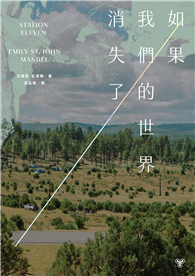Law and Justice as Seen on TV examines the impact, significance, and social and political problems raised by the enormous onslaught of law-related television programming, both fiction and nonfiction, in the years since the rise of live televised trials as major media events. The book weaves together the various strands--media history and analysis, legal history and policy, and the national turn to the political right in the last decades--which gave birth to this trend and has kept it thriving and growing, by leaps and bounds, to the present day.
Beginning with the history of courtroom drama on TV and its various contradictions and shifts, since the late 1940s to the present, the book analyzes the various entertainment series and genres that have so proliferated in recent years, giving special attention to such popular and influential series as "Law and Order" and "Cops." The second section begins by charting the complex and contested history of the coming of cameras to the courtroom and the way in which that legal decision led to televised trials and to the rise of Court TV. It examines as especially interesting and important the major trials--such as those of the Menendez brothers, O.J. Simpson, and Timothy McVeigh--which helped to shape the way television came to frame trials and their social implications for public consumption. From there it examines major social issues--gender violence, youth crime, family dysfunction, victims’ rights which, with the rise of the courtroom as a major political and television arena, have come to be viewed largely as legal issues to be discussed and determined in legal terms by Americans in general.
Accessible and lucid, Law and Justice as Seen on TV concludes with an examination of the broad implications of this social and cultural trend, closing with some thoughts about its expansion, on television and in the actual legal arena, during the "war on terrorism" in the wake of 9/11.
| FindBook |
|
有 13 項符合
Rapping的圖書,這是第 2 頁 |
 |
$ 1920 ~ 4450 | Law and Justice As Seen on TV
作者:Rapping 出版社:New York Univ Pr 出版日期:2003-11-01 語言:英文 規格:平裝 / 308頁 / 23.6 x 15 x 2 cm / 普通級  共 2 筆 → 查價格、看圖書介紹 共 2 筆 → 查價格、看圖書介紹
|
|
|
圖書介紹 - 資料來源:博客來 評分:
圖書名稱:Law and Justice As Seen on TV
內容簡介
|











